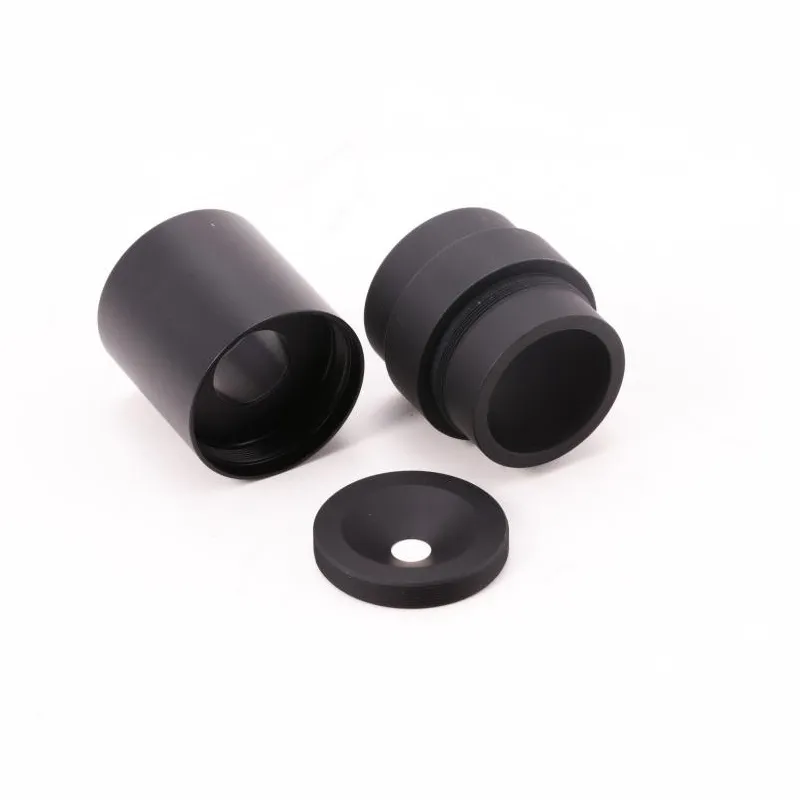Understanding Telecentric Lens Housing: Key to Precision in Industrial Imaging
2024-11-13
In industrial imaging, precision and accuracy are paramount, especially in fields like metrology, quality inspection, and machine vision. Telecentric lenses are often the lens of choice in these applications due to their ability to maintain consistent magnification regardless of an object’s position along the optical axis. The housing of a telecentric lens plays an essential role in ensuring stability and accuracy. In this blog, we’ll explore what telecentric lens housing is, why it’s essential, and how it impacts overall lens performance.
1. What is Telecentric Lens Housing?
Telecentric lens housing is the casing or structural component that houses the telecentric lens and associated optical elements. It is responsible for maintaining the precise alignment of the lens system, ensuring optimal performance. The housing must be robust and often incorporates additional features like mounting options, adjustable components, and heat dissipation mechanisms.

2. Why is Telecentric Lens Housing Important?
The housing is crucial in telecentric lenses for several reasons:
- Alignment Stability: For a telecentric lens to maintain consistent magnification and avoid parallax error, precise alignment of the optical elements is necessary. The housing ensures that these elements are correctly positioned and remain stable over time.
- Durability in Industrial Environments: Telecentric lenses are often used in demanding environments, such as production lines or quality control stations. A durable housing protects the lens from dust, vibration, and potential mechanical damage.
- Ease of Integration: The housing often includes mounting options that simplify the integration of the lens into machine vision systems or other industrial setups.
3. Types of Telecentric Lens Housings
Telecentric lens housings come in various forms, depending on the specific application:
- Fixed Housings: Designed for applications where the lens position does not need adjustment. These housings are highly durable and often sealed against environmental contaminants.
- Adjustable Housings: Some housings allow for adjustments in focal length or working distance, making them versatile for different setups and applications.
- Modular Housings: Modular housings allow for the addition of filters, lighting, or other elements, enhancing flexibility in imaging setups.
4. Choosing the Right Telecentric Lens Housing
When selecting a telecentric lens housing, consider:
- Material: Many housings are made from metal (such as aluminum or stainless steel) to withstand industrial conditions and ensure stability.
- Mounting Options: Look for housings with compatible mounting options for your system.
- Thermal Stability: If used in high-heat environments, consider housings with heat dissipation features.
- Size and Compatibility: Ensure that the housing dimensions are compatible with your system and application requirements.
5. Conclusion
Telecentric lens housing is much more than just a casing. It plays an integral role in ensuring that the telecentric lens performs accurately and consistently in challenging environments. By choosing the correct housing, you can enhance the precision and durability of your industrial imaging setup, leading to more reliable measurements and inspections.


